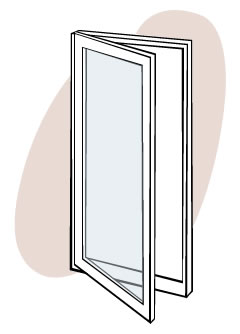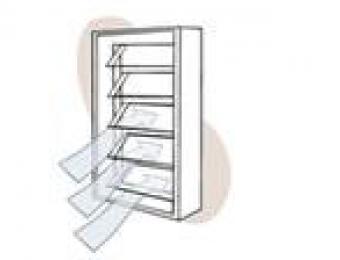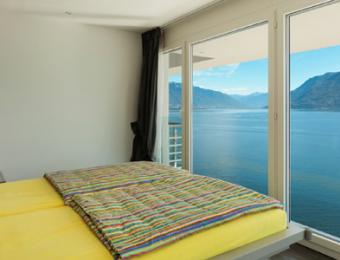
Casement windows open outwards, and can be used to catch a breeze going across the side of a house.
What are casement windows?
Casement windows pivot outwards on hinges like a door, in a similar fashion to awning windows. The advantage of this home window style is the ability to maximise and control breezes and direct it into any area of your home. With one of the largest opening areas of any window style, casement windows are designed to allow maximum ventilation into your home.
Casement windows are available in single or multiple frames and are a useful option when inside space is limited. These windows project outwards so watch out for pathways and balconies being turned into an obstacle course.
Window operation
Casement windows can be operated either manually (pushed out) or mechanically. The manually operated style use friction stays to hold the window in place. Alternatively, cranks or winders are placed at hand height or the bottom of the sill to mechanically open the sash.
Window ventilation
Casement windows offer similar ventilation control to awning windows however they cannot be left open in wet weather. The sash swings open outwards to catch any passing breeze and direct the cooling airflow into the home.
Are casement windows energy efficient?
Casement windows generally have lower air leakage rates than sliding windows. A compression seal and latch increases the effectiveness of the weather stripping in preventing air leakage.
Weatherproofing
Good weather proofing can be achieved if fitted with a continuous seal around the internal side of the sash or frame. Wind pressure helps to seal the sash against the frame and prevent water penetration.
Maintenance tips
The outside of a casement window can be washed from the inside when using friction stays. Moving parts may wear over time but can be easily replaced.
Window security
Casement windows protrude outwards, limiting the installation of security and fly screens. Alternatively screens can be placed on the inside with winders operating through the screen. For yet another option, retractable screens can be specified.
Common casement window problems
There is a tendency with this type of window for the sash to drop because of the weight of the glass. For this reason the width of casement sashes is generally limited to 650mm but developments in design can overcome this issue.
|
Advantages
|
Disadvantages
|





